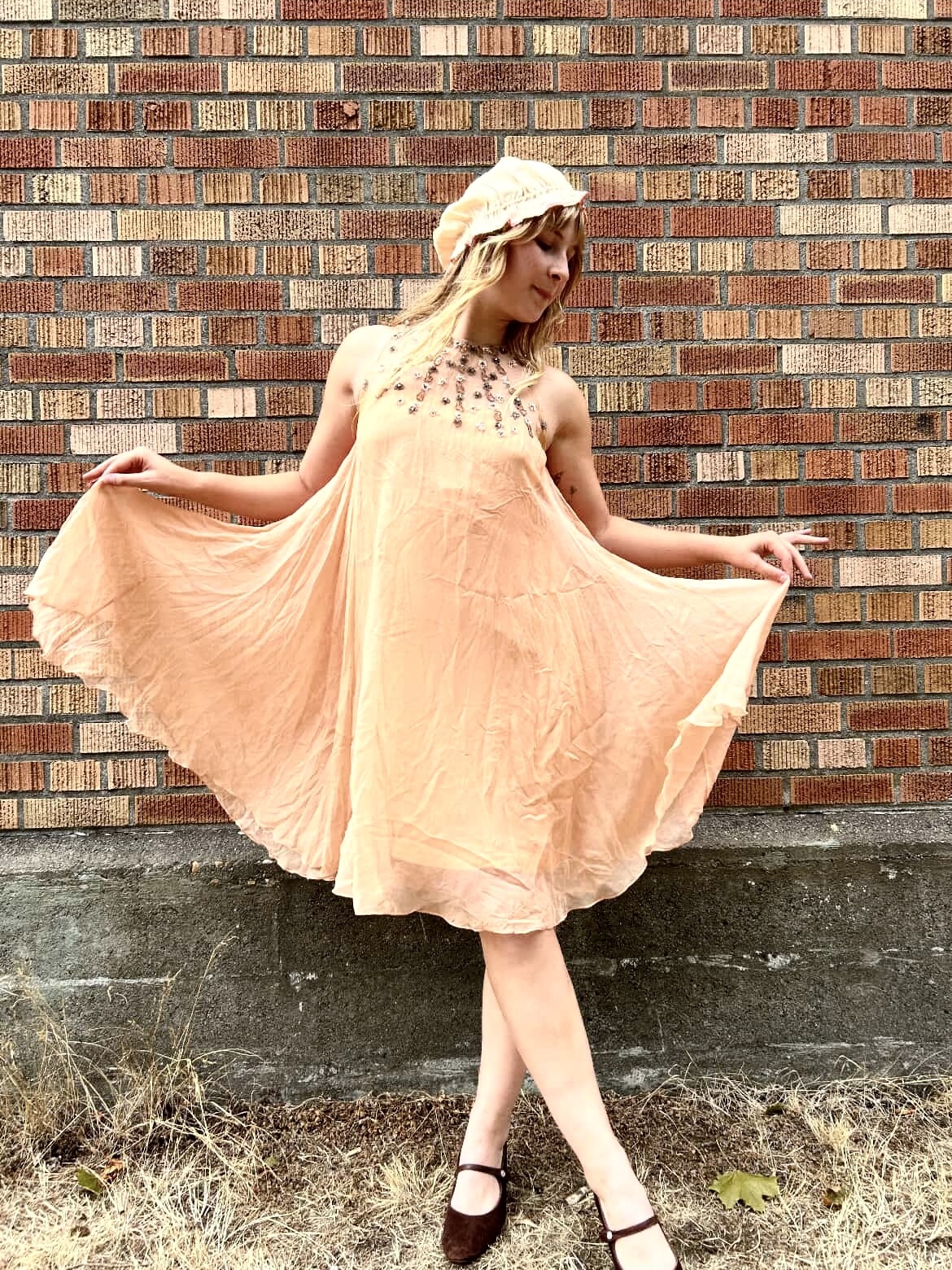
By Princess Akpotu and Kendall Elder
Between studying for midterms and the rising price of campus coffee, it’s not always easy to make extra money as a college student. Everyone needs money to survive, but not many employers are willing to work around the odd hours of a student’s schedule. Dealing with this challenge requires creativity and hard work. One clever solution? Side gigs.
A catch-all term, the phrase “side gigs” describes sources of income that aren’t full-time jobs. It can be as simple as one-time house-sitting for a friend, or as intensive as a full-blown business. A study published last year by The Neighborhood, a finance blog, asked: How is Gen Z moving into the workforce? They found that 34% of college students have a side gig in order to make more money, with that statistic rising to 69% for those who have graduated in the past five years. In the same study, The Neighborhood found that 21% of college students have less than $100 in the bank.
Puget Sound students are no exception when it comes to this independent entrepreneurship trend. Margo Kelley (‘27) runs an online second-hand clothing store. “I love learning about where clothes specifically come from, who owned them before,” Kelley explained when asked why she started her business. She discussed how her passion for learning history and sustainable fashion drew her to selling. “I started in 2019 — I’ve been thrifting clothes for myself forever. But then I started realizing, oh, I can actually make a job out of this.”
Jajaani Gebru, who graduated in 2025, is now a full-time personal barber, but his business first began on campus. He tells a similar story to Kelley: it started small. “It really started with my roommate,” he said. “Then my teammates on the football team found out I could cut hair, and they helped spread the word.”
Bridget Fitzpatrick (‘27) found her niche in dogwalking and tutoring. Interestingly, Fitzpatrick said that Career and Employment Services (CES) helped her get her side gig off the ground. She said, “I found it through the campus’s career advising service. I was talking to them about my resume or something like that.” Like Fitzpatrick, CES helps tons of students with resume review, career guidance and the job and internship search.
The biggest concern for a lot of students considering a side gig is the time commitment. While different endeavors require different levels of commitment, Kelley said that she spent 12 hours working on her business during days she did not have class. Gebru and Fitzpatrick, however, said that the time commitment required from their side gig helped with their overall productivity. “Balancing it with school wasn’t easy, but it actually helped me manage my time better,” Gebru said. Fitzpatrick echoed that idea, explaining that while her dog walking and tutoring take up a lot of her time, the experience has helped her learn how to manage that time more efficiently. “I think it helps when my schedule is busy; it helps me stay on track more, because I have less time to procrastinate,” she said.
So, why choose a side gig over a typical job as a student? It may take time, and it may get stressful. Still, Kelley said the benefits of a side gig can go beyond the development of time management skills and increased income. “Finding a purpose outside of school is really important, and I think everybody should figure out a way that they can make some sort of benefit to themselves from their hobby.” Everybody has something that brings them joy, after all — a hobby or an interest that they could talk about forever. Gebru, Kelley and Fitzpatrick all found a way to take something that they enjoyed and were skilled at and turned it into a service for others and a source of income for themselves.
